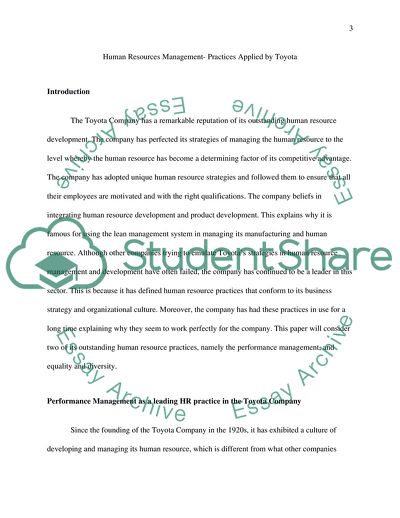Cite this document
(Human Resources management- Practices applied by Toyota Essay, n.d.)
Human Resources management- Practices applied by Toyota Essay. https://studentshare.org/human-resources/1846386-human-resources-management-practices-applied-by-toyota
Human Resources management- Practices applied by Toyota Essay. https://studentshare.org/human-resources/1846386-human-resources-management-practices-applied-by-toyota
(Human Resources Management- Practices Applied by Toyota Essay)
Human Resources Management- Practices Applied by Toyota Essay. https://studentshare.org/human-resources/1846386-human-resources-management-practices-applied-by-toyota.
Human Resources Management- Practices Applied by Toyota Essay. https://studentshare.org/human-resources/1846386-human-resources-management-practices-applied-by-toyota.
“Human Resources Management- Practices Applied by Toyota Essay”. https://studentshare.org/human-resources/1846386-human-resources-management-practices-applied-by-toyota.


